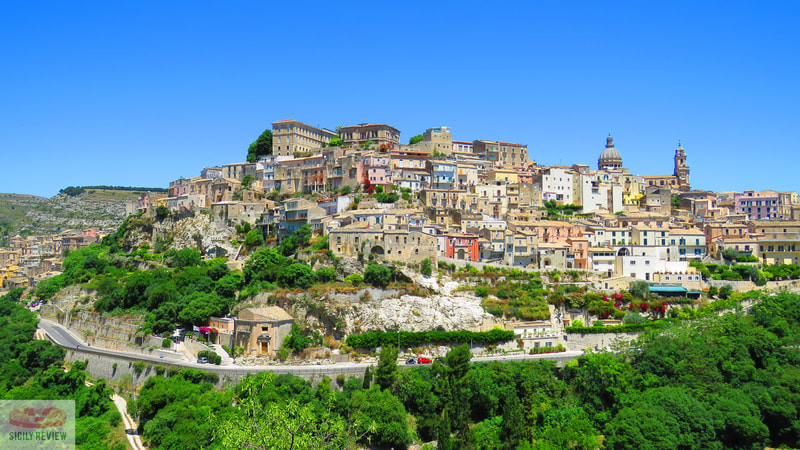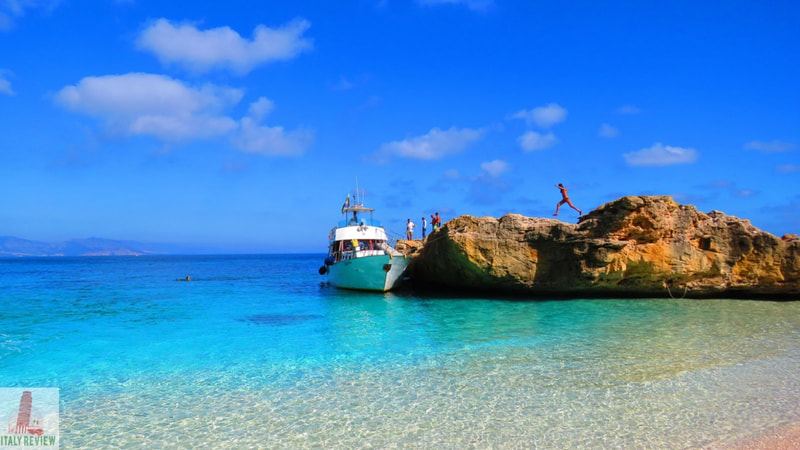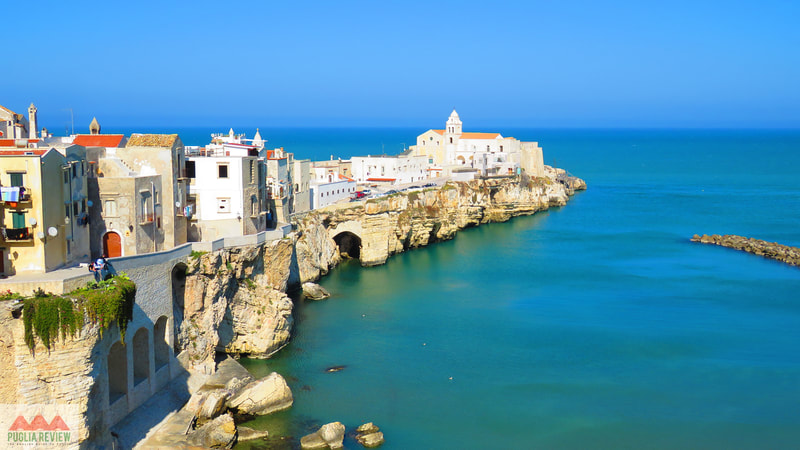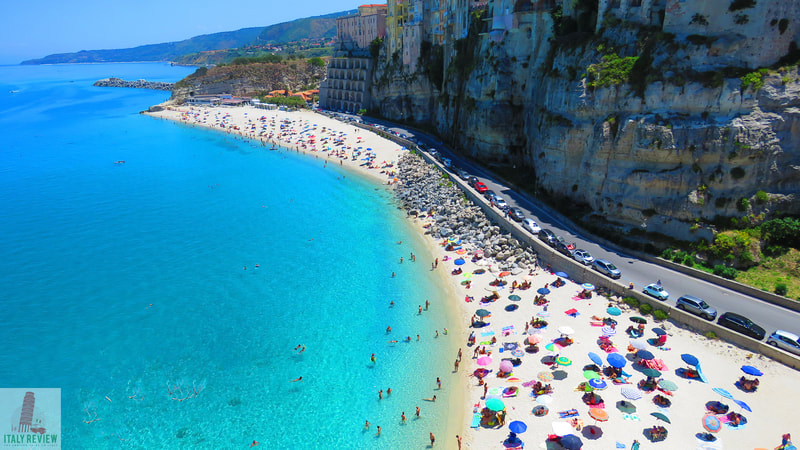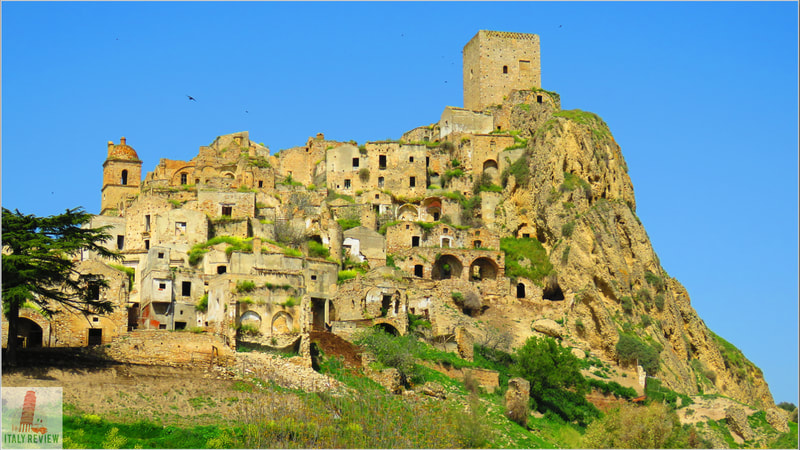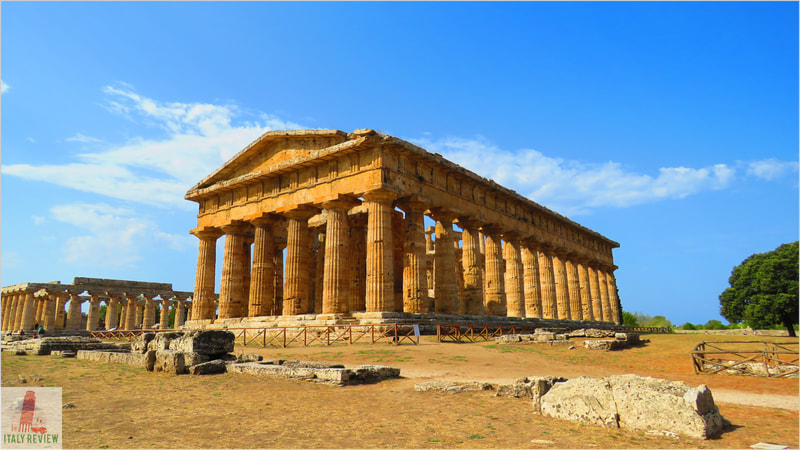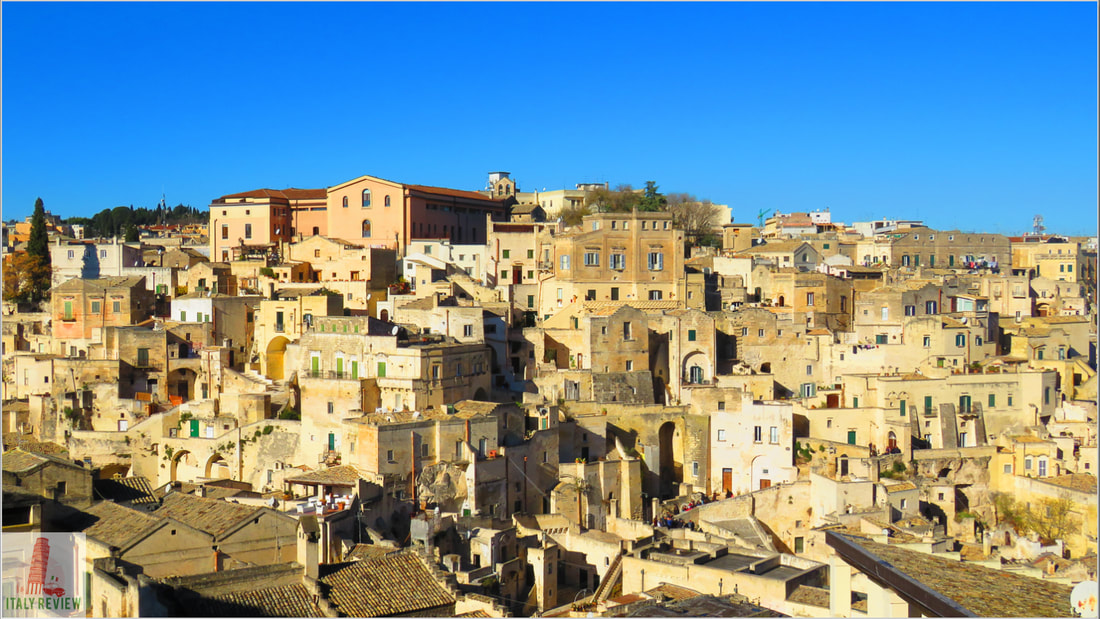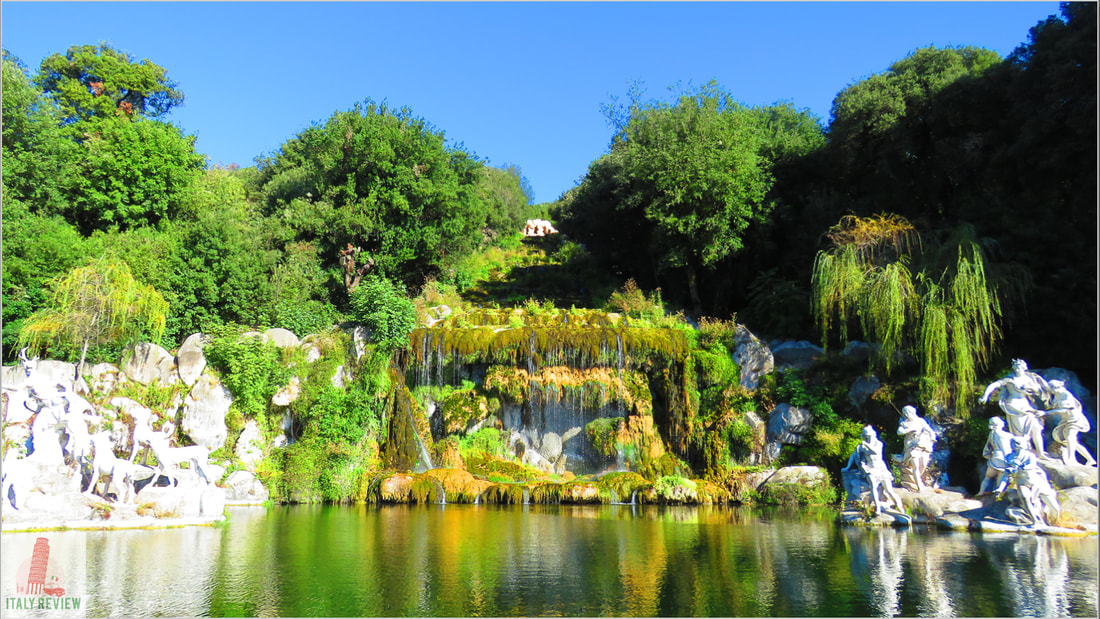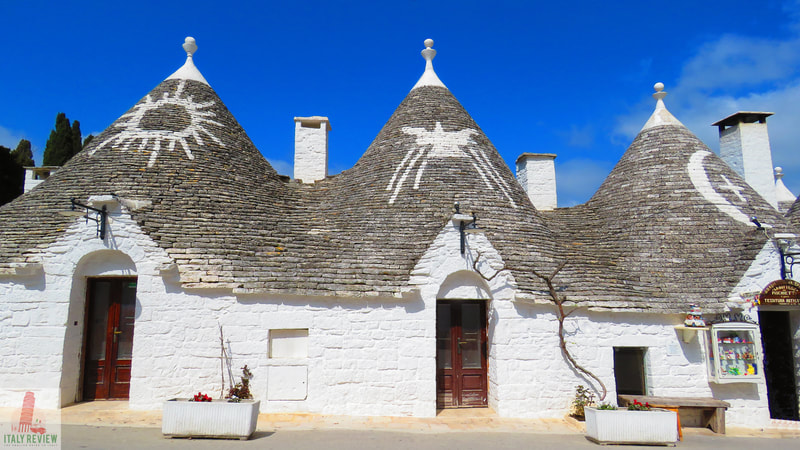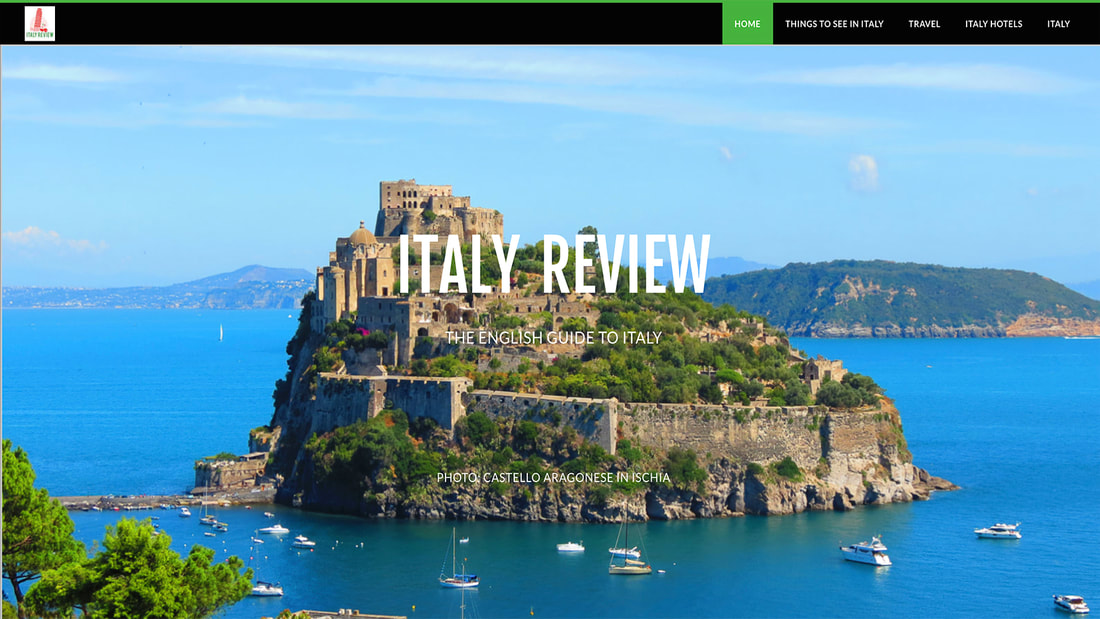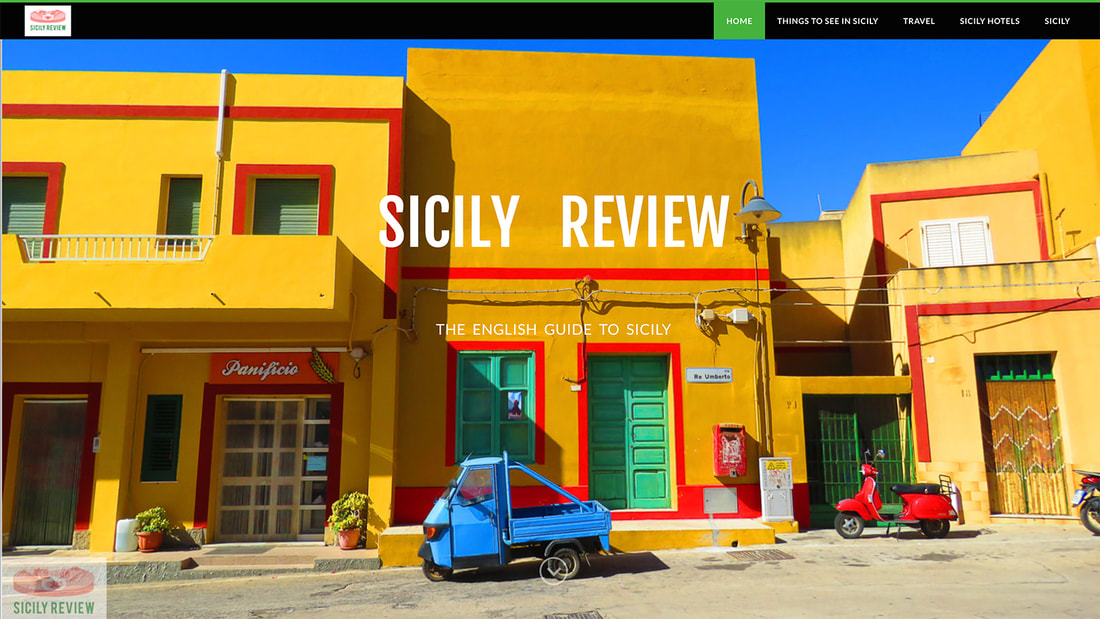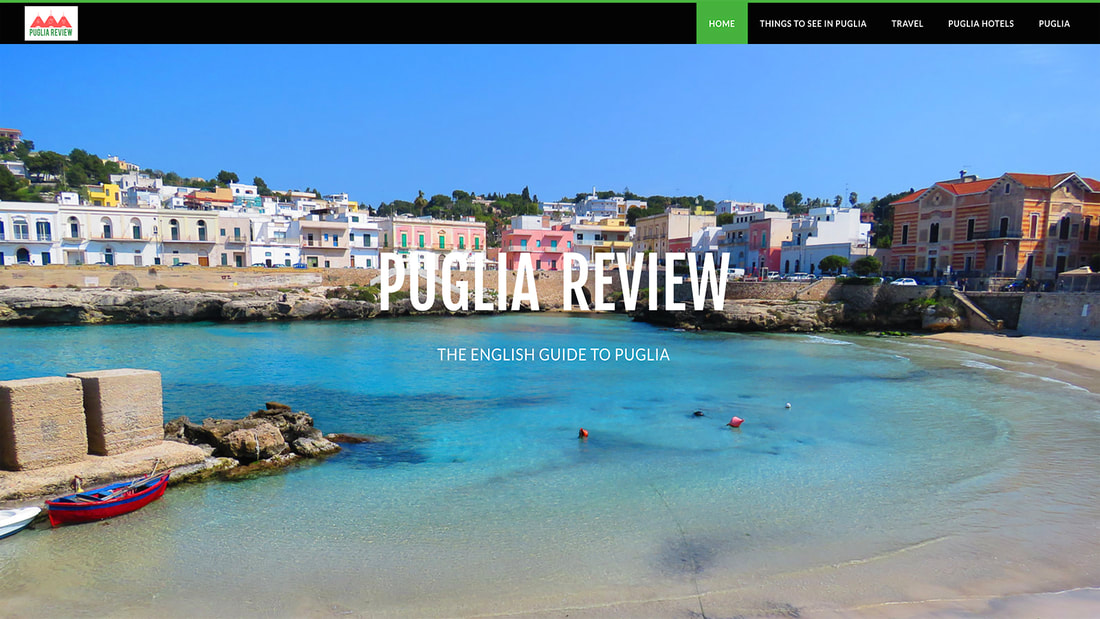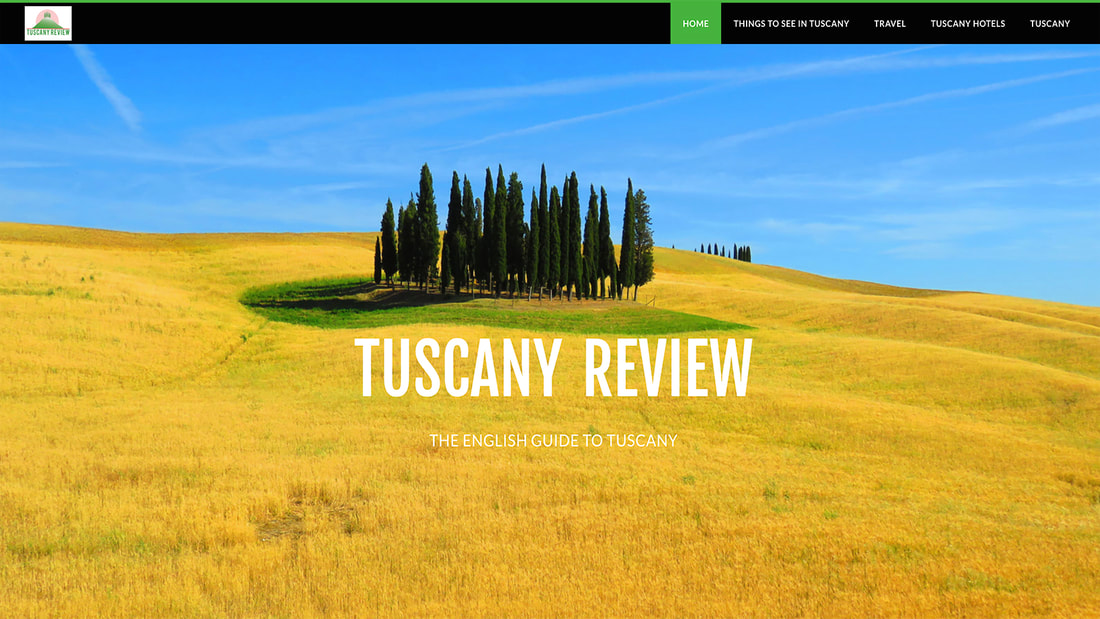Southern Italy
Latest update: 22 March 2023
|
There are various ways to define Southern Italy in terms of its geographical territory: some people split the country between north and south with Rome just inside the southern half and others will add the two island regions of Sicily and Sardinia to that.
However, it also makes sense to split the country up into four separate areas for purposes of explaining their different attributes. If we consider the country as being split into Northern Italy, Central Italy, Southern Italy and the two Island Regions, we can clearly detail and define the various official regions within each. |
|
Related links
By this measure, Southern Italy can be defined as the four regions of Puglia, Campania, Calabria and Basilicata.
Before the Romans took hold of Southern Italy, these four regions, along with Sicily, were defined as Magna Graecia, a name alluding to the Greek settlers who were among the first to create a civilisation on the Italian peninsula. The largely prosperous Magna Graecia era spanned a period of 500 years from the 8th century BC, before the first cities began to be absorbed into the Roman Republic.
In the intervening years, the prosperity of Italy has gradually shifted northwards for a variety of reasons and there remains to this day a significant cultural and economic north/south divide. The landscape and the architecture between north and south can be dramatically different, particularly so in terms of the cities with the most famous in the north shaped largely by the Renaissance whereas their southern counterparts go back much further and belong to a different culture.
Puglia's towns have a distinct Greek feel to them with their whitewashed houses against a backdrop of cobalt blue sea and skies, while the best of Campania can be found along its dramatic Amalfi Coast or the Tyrrhenian Sea islands of Ischia, Procida and Capri. Calabria has one of the longest stretches of coastline in Italy which faces out on to both the Ionian Sea and the Tyrrhenian Sea while its hinterland is dominated by three large national parks across the Apennines in stark contrast to the seaside resorts of Tropea and Pizzo. Basilicata faces out on to the Ionian Sea but this isn't where you'll find the best of the region; the beauty of Basilicata lies in its almost mysterious towns and villages set among the undulating landscapes whose hills could tell such a story if only they could speak.
Before the Romans took hold of Southern Italy, these four regions, along with Sicily, were defined as Magna Graecia, a name alluding to the Greek settlers who were among the first to create a civilisation on the Italian peninsula. The largely prosperous Magna Graecia era spanned a period of 500 years from the 8th century BC, before the first cities began to be absorbed into the Roman Republic.
In the intervening years, the prosperity of Italy has gradually shifted northwards for a variety of reasons and there remains to this day a significant cultural and economic north/south divide. The landscape and the architecture between north and south can be dramatically different, particularly so in terms of the cities with the most famous in the north shaped largely by the Renaissance whereas their southern counterparts go back much further and belong to a different culture.
Puglia's towns have a distinct Greek feel to them with their whitewashed houses against a backdrop of cobalt blue sea and skies, while the best of Campania can be found along its dramatic Amalfi Coast or the Tyrrhenian Sea islands of Ischia, Procida and Capri. Calabria has one of the longest stretches of coastline in Italy which faces out on to both the Ionian Sea and the Tyrrhenian Sea while its hinterland is dominated by three large national parks across the Apennines in stark contrast to the seaside resorts of Tropea and Pizzo. Basilicata faces out on to the Ionian Sea but this isn't where you'll find the best of the region; the beauty of Basilicata lies in its almost mysterious towns and villages set among the undulating landscapes whose hills could tell such a story if only they could speak.

